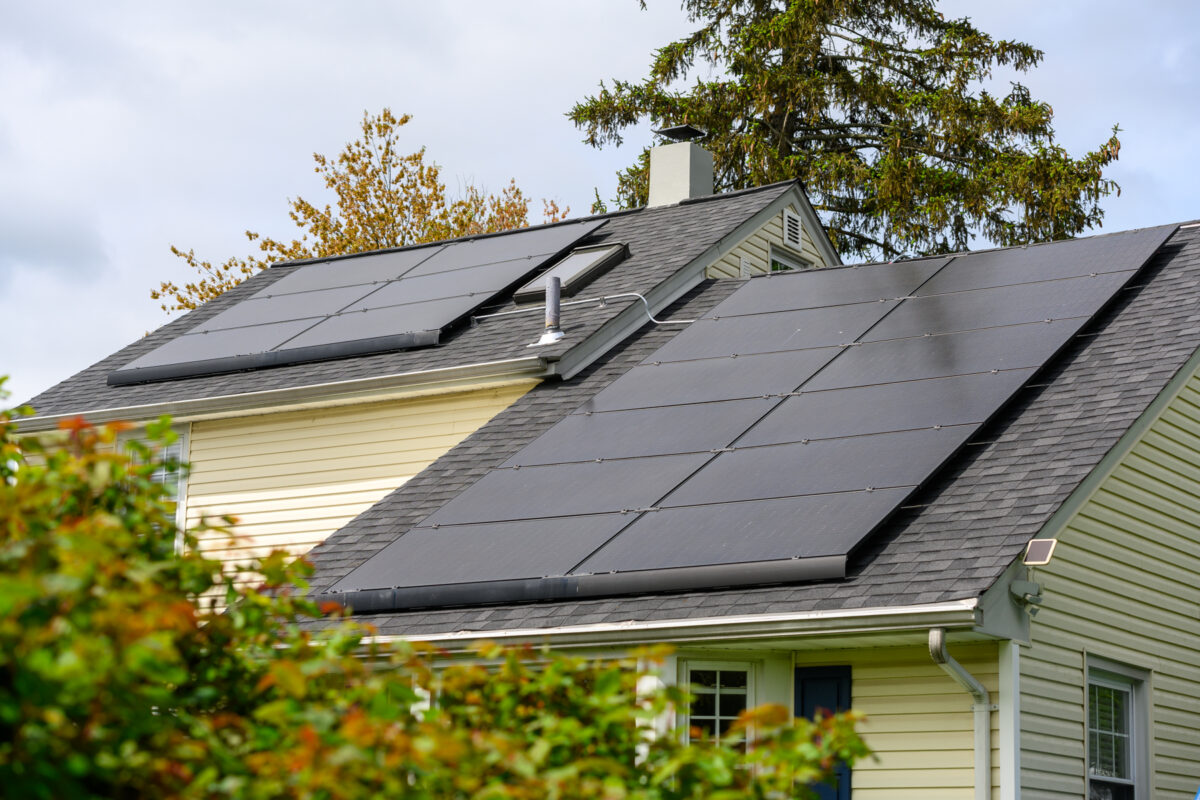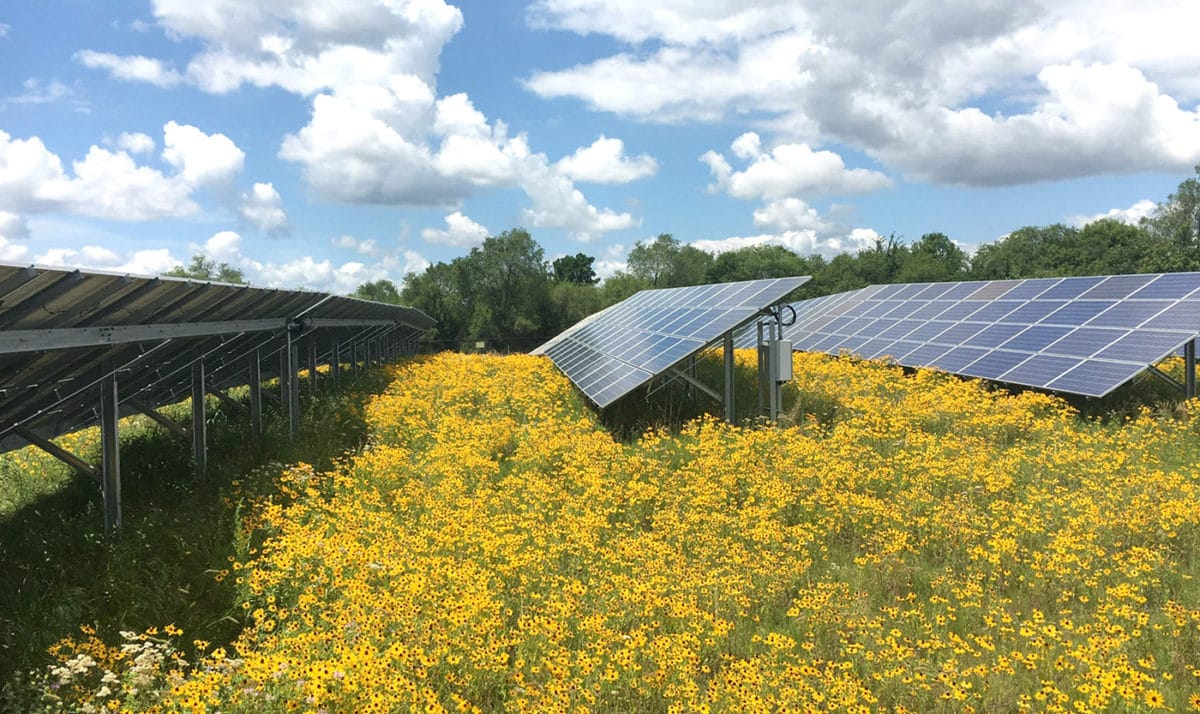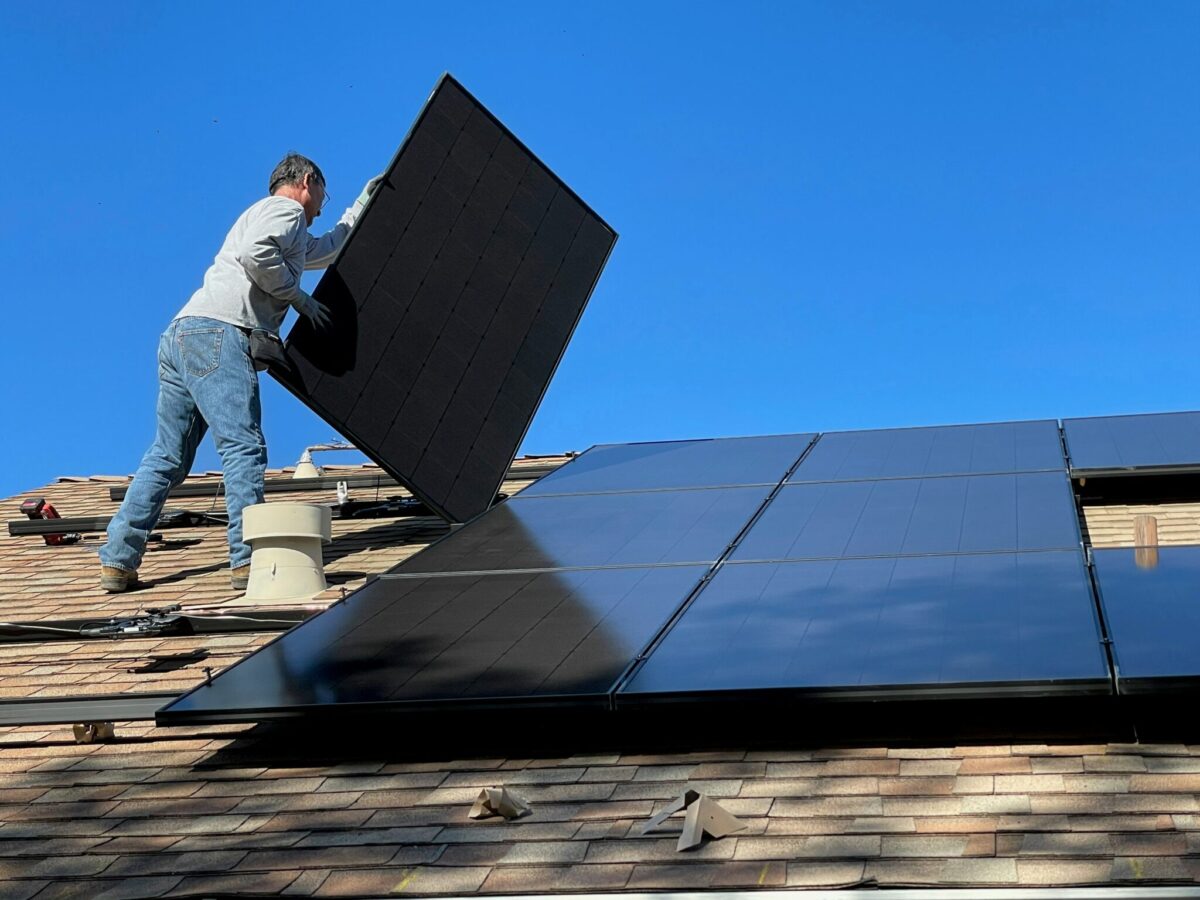Under the new task force, federal agencies will coordinate efforts related to hydrogen across multiple areas, which includes enhanced outreach with tribal communities and other historically underserved communities.
The Biden-Harris Administration has launched an inter-agency hydrogen task force designed to advance the administration’s “whole of government” approach to clean hydrogen, Mary Frances Repko, White House deputy national climate advisor, announced during a webinar.
The task force will be co-chaired by Repko and David Turk, deputy secretary of the U.S. Department of Energy (DOE), and will “ensure that we fully leverage the strengths and capabilities of the U.S. government to develop technologies, implement policy, and overcome barriers to building the clean hydrogen economy,” Repko said.
Clean hydrogen is expected to play an integral role in achieving a decarbonized energy system. It can be produced in nearly every corner of the country and across a wide range of sectors, and can be a useful tool to decarbonize “hard-to-decarbonize” sectors, like industrial and chemical processes and heavy transportation. It also provides a form of long-duration energy storage.
In June, the Biden-Harris Administration released a national clean hydrogen strategy and roadmap, which includes strategic opportunities to domestically produce 10 million metric tonnes (MMT) of clean hydrogen annually by the end of the decade, 20 MMT annually by 2040, and 50 MMT annually by 2050.
The administration is also looking to invest $8 billion in building regional hydrogen hubs, and implement a “game-changing” hydrogen production tax credit, Repko said.
“The vast opportunities of the clean hydrogen economy extend beyond a few programs – it touches a wide segment of our society and cuts across many of the administration’s priorities,” Repko said.
Under the new task force, federal agencies will coordinate efforts related to hydrogen across multiple areas, Repko said. This includes ramping up outreach with tribal communities and other historically underserved communities. In addition, it will work closely with a spectrum of stakeholders from industry, academia and labor unions, she said.
Multiple federal agencies are working on clean hydrogen-related initiatives. The DOE leads this area with research and development work on hydrogen delivery, storage and applications in transportation, energy storage, power generation and other sectors; The Department of Defense (DOD) has also conducted hydrogen-related research and development on things like underwater and aerial vehicles, and microgrids. And the Department of Agriculture implements the Renewable Energy for America Program, which can include hydrogen, and provides loan financing and grants to implement renewable energy systems.
The U.S. currently produces about 10 MMT of hydrogen annually, but the vast majority of that comes from fossil fuel sources without carbon capture technologies, Turk said. By 2030, the administration wants to produce that same amount of hydrogen, but entirely from clean resources.
“Just to give you a sense of scale of what we’re talking about, 10 million metric tons of clean hydrogen [is] equivalent to the amount of energy used by every bus and every train in the United States combined,” Turk said.





